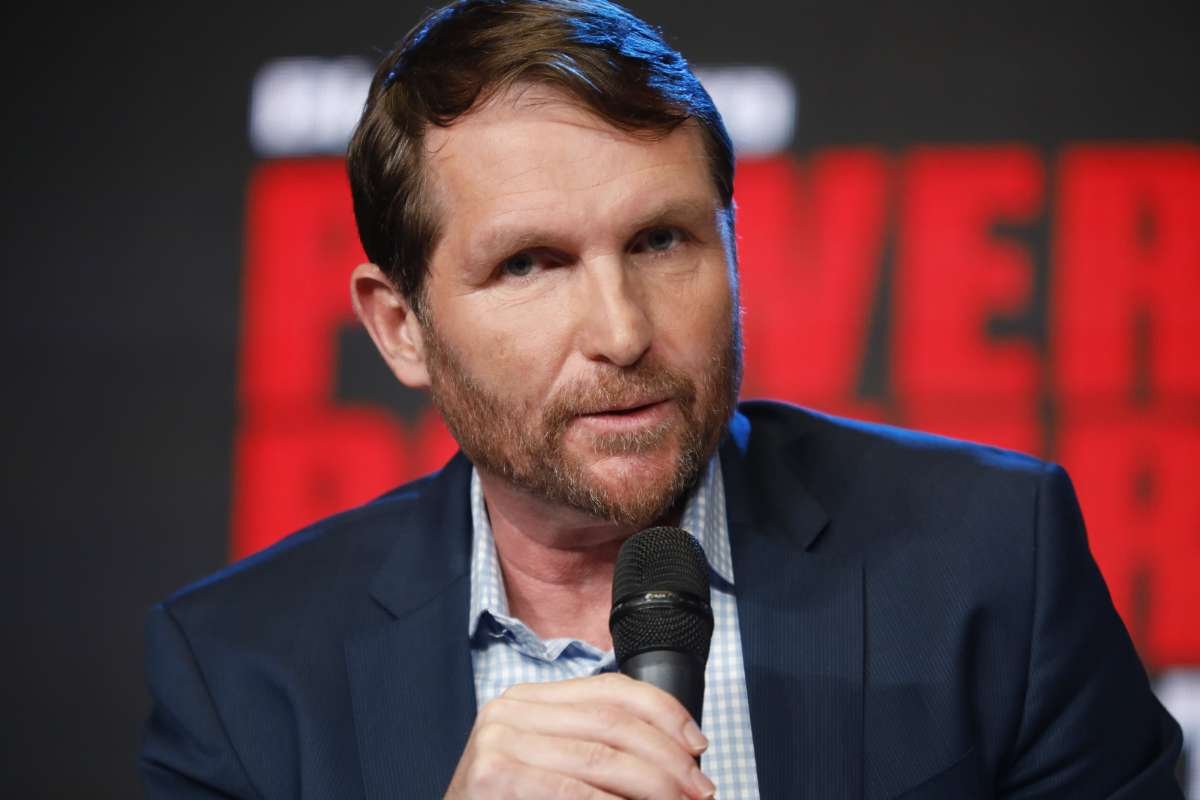Wendy’s Kirk Tanner Q1 2025 performance revealed significant headwinds in its key U.S. market. Total revenue reached $523.5 million, slightly below analyst estimates by $6.2 million. Systemwide sales declined 1.1% globally, dragged down by a 2.6% drop in U.S. sales, while international growth—+8.9% systemwide and +2.3% same-restaurant sales (SRS)—Limited the damage.
Profitability metrics showed mixed signals: Adjusted EBITDA fell 2.6% to $124.5 million, and adjusted EPS declined 13% to $0.20/share. However, free cash flow improved by 21% to $68 million, signaling disciplined cost management. U.S. restaurant margins slipped 50 basis points to 14.8%, pressured by inflation and softer sales.
Wendy’s revised its full-year outlook, expecting flat to –2% systemwide sales growth, compared to its prior +2–3% forecast. Adjusted EBITDA guidance was lowered to $530–545 million, down from $550–560 million, and EPS guidance now sits at $0.92–0.98. Despite U.S. softness, Wendy’s continues opening units—68 net new restaurants in Q1, aiming for 2–3% annual growth, and allocating over $173.5 million to dividends and share repurchases.
Hershey’s Outlook & Cocoa Headwinds
Hershey’s Q4 2024 ended strongly, helping the company enter 2025 on firm ground. Q4 net sales hit $2.88 billion (+8.7%), with net income up 131% to $796.6 million and adjusted EPS rising 33% to $2.69. For the full 2024 year, Hershey posted $11.2 billion in revenue, a modest increase of 0.3%, and $2.22 billion in net income (+21%).
However, the current outlook includes rising cost challenges. In Q1 2025, raw-material inflation prompted Hershey to project a gross margin contraction of 650–700 bps. Despite this, it anticipates net sales growth of ≥ 2%, adjusted EPS in the $5.54–5.86 range (down mid-30% YoY), and reported EPS falling in the high-40% range. The company attributes pressure to elevated cocoa, sugar, labor costs, and tariffs.
Looking ahead, Hershey will release Q2 2025 earnings on July 30, 2025, with a scheduled analyst call. As of July 9, 2025, Hershey’s stock trades around $169.93, compared to Wendy’s Kirk Tanner shares at $11.29.
Leadership Crossroads: Tanner’s Strategic Leap
On July 8, 2025, The Hershey Company’s board announced its decision to appoint Kirk Tanner—then CEO of Wendy’s and a 31-year PepsiCo veteran—as President and CEO, effective August 18, 2025. Tanner will succeed Michele Buck, who will transition to Executive Chair to ensure a smooth handover.
Tanner brings to Hershey extensive experience managing a $28 billion North American beverage business and transforming service-delivery operations and brand building. His tenure at Wendy’s, although brief, featured tangible results: restaurant expansion, digital strategy acceleration (20.3% digital mix), and shareholder returns through dividends and buybacks.
For Hershey, Tanner’s operational acumen arrives at a critical moment. With cost inflation compressing margins, Tanner’s past success in navigating commodity volatility and driving unit-level efficiency could be essential. His track record in innovation and consumer engagement—evident in Wendy’s Kirk Tanner collaborations like Thin Mint Frosty—aligns with Hershey’s goals of reinvigorating core confectionary products amid shifting global taste preferences.
Kirk Tanner’s move from Wendy’s to Hershey marks a high-stakes leadership shift, driven by data-backed rationale. Wendy’s Q1 struggles highlight macro pressures dampening domestic discretionary spending, while Hershey grapples with margin pressures from cocoa inflation. Tanner’s operational strength, cost discipline, and international expansion credentials could catalyze Hershey’s next strategic phase, while Wendy’s braces for leadership continuity with Board member Nelson Peltz stepping in as interim driver.
This executive pivot spotlights a broader industry realignment, emphasizing adaptation amid changing consumer habits, cost inflation, and the digital transformation of legacy food and beverage brands.
Visit Enterprise Wired for most recent information.
Sources:










